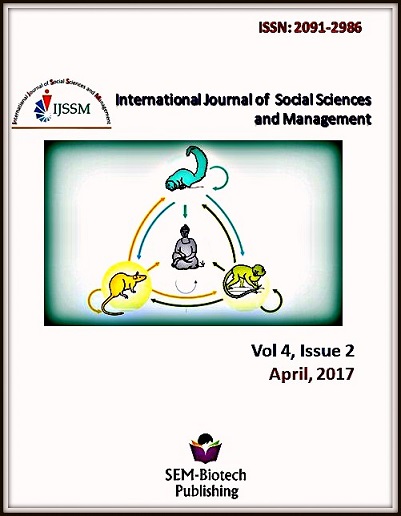Analysis of Emoji and Emoticon Usage in Interpersonal Communication of Blackberry Messenger and WhatsApp Application User
DOI:
https://doi.org/10.3126/ijssm.v4i2.17173Keywords:
emoji, emoticon, interpersonal communication, Blackberry Messenger, WhatsAppAbstract
The aims of this research are: 1) to know the display of emoji and emoticon in Blackberry Messenger and WhatsApp application, 2) to know the usage of emoji and emoticon in Blackberry Messenger and WhatsApp application on interpersonal communication, and 3) to know the role of emoji and emoticon usage on interpersonal communication. In this research, the method used was qualitative research method. This research was based on media richness theory. Through the communication channel, the message will have high noise level so that it could be conveyed perfectly. Research results showed that emoji and emoticon have very important role in interpersonal communication. In media richness theory, Blackberry Messenger and WhatsApp media had fulfilled the criteria. 1) Ability of communication channel in conveying message signals such as facial expression, body movement, and vocal inflection; 2) Feedbacks are directly given by the message receiver as response to every chats, 3) Variety of language such as the presence of symbols and foreign language, and 4) Ability of communication channel in conveying personality such as showing personal emotion. This research concluded that emoji and emoticon have important role in interpersonal communication to enhance the text message’s meaning.
Int. J. Soc. Sc. Manage. Vol. 4, Issue-2: 120-126
Downloads
Downloads
Published
How to Cite
Issue
Section
License
This license enables reusers to distribute, remix, adapt, and build upon the material in any medium or format for noncommercial purposes only, and only so long as attribution is given to the creator.




